Date and place
- November 19th, 1809 at Ocaña, Castilla, Spain (nowadays Province of Toledo).
Involved forces
- French army (35,000 to 40,000 men) under the command of Marshal Jean-de-Dieu Soult.
- Spanish army (51,000 men) under General Juan Carlos de Aréizaga de Alduncin.
Casualties and losses
- French army: 2,000 killed or injured.
- Spanish army: 1,800 dead, 2,700 wounded, 17,000 prisoners, 40 cannons.
Aerial panorama of Ocaña battlefield
The battle of Ocaña on November 19, 1809 was the most terrible defeat suffered by the Iberian army in the entire Spanish War of Independence. General Juan Carlos de Aréizaga lost more than a third of his soldiers, despite his numerical superiority and English armament. This success consolidated Joseph Bonaparte's throne in Spain, and opened the way for the French to invade Andalusia the following winter.
Background
General Juan Carlos de Aréizaga, who had made his reputation at the battle of Alcañiz on May 23, 1809, was appointed head of the Army of the Center on October 22. The latter had just been formed from the remnants of the Mancha and Extremadura armies (the former defeated two months earlier by Horace François Bastien Sébastiani at Almonacid de Toledo, the latter disbanded after the resignation of its leader).
Various formations from Andalusia completed the force, along with new recruits to replace the countless deserters from the Mancha army.
Aréizaga's objective was the capture of Madrid. Although at this stage of the war, this was an utterly utopian mission, the new general-in-chief set off on November 3.
On November 8, Manuel Alberto Freire de Andrade y Armijo and Édouard Jean Baptiste Milhaud 's cavalries clashed at Cuesta del Madero, just north of La Guardia. The Spaniards dislodged the French with some difficulty. The French, now certain that the Spanish army was heading for Aranjuez , withdrew towards the town, closely followed by their enemy.
On the 10th, the vanguards of both armies were once again in contact, this time around Ocaña , but contented themselves with observing each other. During the night, the French detachment retreated to Aranjuez , where it rejoined the main body of the IV Corps and Marshal Jean-de-Dieu Soult.
Ontigola cavalry battle, November 18, 1809
From November 10th to 18th, Aréizaga led his troops through a series of movements which were of no military benefit, but which were exhausting (the weather was appalling) and demoralizing.
On the 18th, he finally decided to bring everyone back to Ocaña, realizing that he had left the Andalusian route unguarded until then.
During these marches, General Freire's cavalry encountered General Milhaud's again, near Ontígola .
With their morale boosted by the success of November 8, and their apparent numerical superiority, the Spaniards attacked. But they were suddenly attacked on their right flank by two regiments (lancers and chasseurs) led by general Antoine Marie Paris d'Illins .
These regiments, having climbed up the north bank of the Tagus River to the level of the Spaniards, forded the river, then surreptitiously climbed the hills bordering it and charged at the enemy.
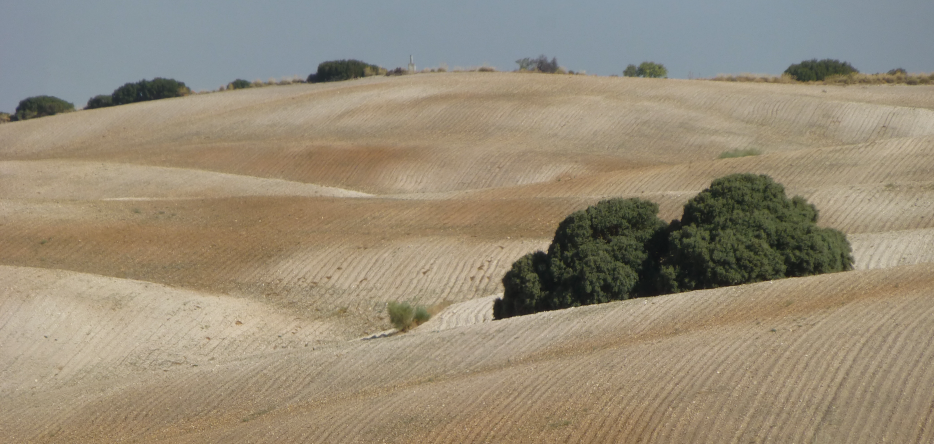
At the end of the battle, the Spanish cavalry left a third of their strength and most of their illusions on the field.
Army positions before the battle of Ocaña
Meanwhile, the rest of the Spanish army gradually concentrated on Ocaña , with the notable exception of its General-in-Chief, who had moved with one of his divisions, the General Staff and baggage, to Dos Barrios . The result was a certain confusion in command.
On November 19, between eight and nine o'clock in the morning, all the units arrived on the future battlefield. Many of them, however, had to make exhausting night marches to get there.
The various Spanish divisions organized themselves on the field as they arrived:
- The 2nd and 3rd positioned themselves to the northeast of the town, extended on their right by the 4th and 1st and all of Freire's cavalry, give or take a division.
- Behind them, forming a second line, stood the 7th, 5th and 6th divisions, which were thus to the south and east of Ocaña.
- To the west and south were José Pascual de Zayas y Chacón 's vanguard and José Rivas's cavalry division, forming almost a right angle with the rest of the army.
- Artillery was distributed between the various units.
Opposite them, the French had assembled without unnecessary movement and were confidently awaiting the engagement.
King Joseph spent the night of the 18th and 19th with them. From west to east , lined up Joseph's Royal Guard, followed by Jean Joseph Dessolles ' division, Jean François Leval's Germans and François Jean Werlé 's Poles. Most of the cavalry was massed at the eastern end of the line , opposite Freire's division. Jean-Baptiste Girard occupied the second line.
Honoré Théodore Maxime Gazan , who appears on some maps, seems to have been in Madrid.
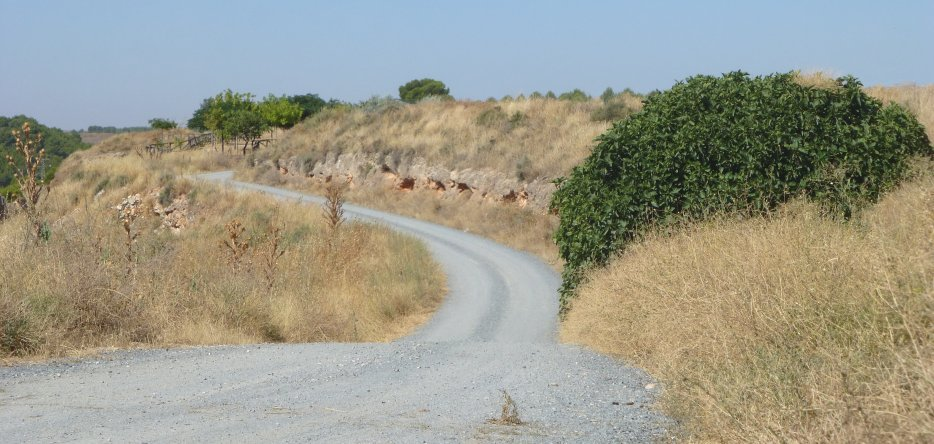
French battle plan
The French battle plan, which was followed almost to the letter, was simple. The artillery would first weaken the Spanish right by bombardment, while the cavalry would outflank it, after which the infantry would throw themselves at it head-on. Meanwhile, the left and the troops in Ocaña were to be contained by the units that had come from Madrid with Joseph's Royal Guard.
To achieve this, Soult, as commander-in-chief, made the following arrangements:
- Marshal Adolphe Édouard Casimir Joseph Mortier assembled the infantry of the IV and V Corps under his command;
- Sébastiani had authority over all cavalry, with the exception of the Dessolles division;
- Alexandre-Antoine Hureau de Sénarmont was in charge of the artillery.
The fighting
The Spaniards, strengthened by their numerical superiority, went on the attack with the Luis Roberto de Lacy and Francisco González Castejón divisions, as well as a brigade from the Pedro Agustín Girón division.
Facing them were the Polish and German troops of Leval and Werlé, who moved quickly to meet them without letting the Spanish artillery fire stop them.
A short musketry duel ensued between the infantrymen of both sides. The 1st Spanish division (Lacy) quickly folded. The 4th followed suit as the Girard division approached. The 3rd division's brigade, which was the most exposed to the fire of the 31 guns of the large battery organized by Sénarmont, initially held on courageously. But General Girón, seeing it decimated by the French guns and isolated by the rout of the rest of the right wing, ordered a withdrawal.
Sébastiani then launched his cavalry against Freire's cavalry. The French encountered virtually no resistance.
The morale of the Spanish cavalrymen, already shaken by their defeat the day before at Ontígola, collapsed at the sight of their infantrymen's rout. They fled at breakneck speed, wreaking havoc on the Spanish infantry units they passed.
Left to their own devices, the Spanish artillerymen became easy prey for the French cavalry. They quickly got their hands on most of the enemy guns.
Then, as Milhaud's dragoons pushed the Spanish front line before them, which had become a vast herd, the light cavalry attacked the second curtain of Spanish troops from the flank and rear.
Until then, Dessolles had remained motionless, content as expected to stare down the troops facing him. He now sent his voltigeurs into the village . The links between the Spanish divisions were cut off.
Zayas undertook to retreat towards Dos Barrios, in order to preserve the Spanish army's line of retreat. Girón accompanied him. Gaspar de Vigodet managed to save his division by fighting his way through Ocaña . At this point, these three divisions were the only Spanish forces left.
Vigodet even managed to keep his cannons with him.
While Sénarmont and his artillerymen moved south to flank the remnants of the Iberian army and complete its disorganization, Victor de Faÿ de Latour-Maubourg and his dragoons also arrived on the battlefield to join in the slaughter.
Everything the Spaniards had massed in their rear - artillery parks, baggage, reserves - fell into the hands of the French heavy cavalry.
The pursuit was entrusted to Marshal Claude-Victor Perrin, known as Victor, and his corps of 18,000 men, who had just arrived by forced march.
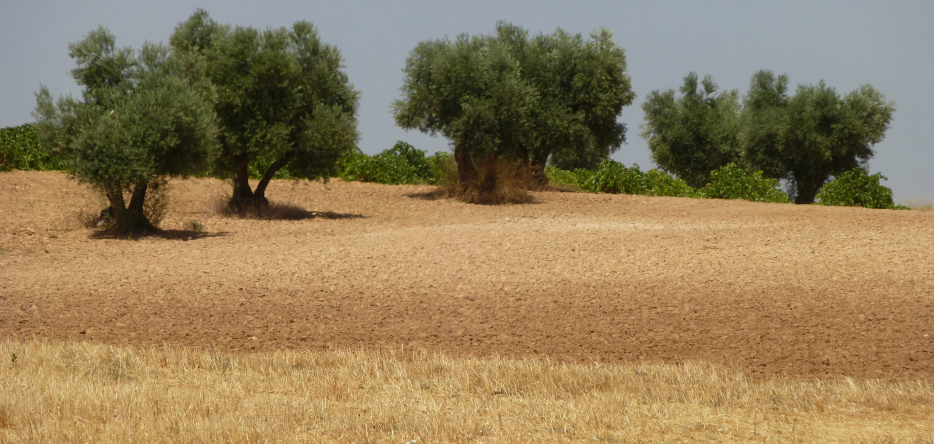
The pursuit ended only after twenty-three kilometers, at La Guardia , as night fell. The fire of this town, looted just as Dos Barrios had been sacked on the way, illuminated the victors' camp.
Results
At the end of the battle, the largest Spanish army was destroyed. Barely 25,000 of its 55,000 men would later regroup in the Sierra Morena. To the 5,000 dead and 20,000 prisoners left in the field must be added some 10,000 deserters (some of whom probably later joined the ranks of the guerrillas).
Consequences
This victory opened the road to Andalusia to the French, who took it in the first months of the following year. It also led to the retreat of General Arthur Wellesley, Viscount Wellington, to Portugal.
Order of battle
- Spanish Army
- Commander in Chief: Lieutenant General Juan Carlos de Aréizaga
- Infantry
- Vanguard: Brigadier José Pascual de Zayas y Chacón
- 1st division: Brigadier Luis Roberto de Lacy
- 2nd division: Brigadier Gaspar de Vigodet
- 3rd division: Field marshal Pedro Agustín Girón
- 4th division: Field marshal Francisco González Castejón
- 5th division: Field marshal Tomás de Zeraín
- 6th division: Field marshal Pelegrin Jácome
- 7th division: Brigadier Francisco Cópons
- Cavalry: Field Marshal Manuel Alberto Freire de Andrade y Armijo
- 1st division: Field marshal Juan Bernuy
- 2nd division: Brigadier José Rivas
- 3rd division: Brigadier Miguel March
- 4th division: Colonel Vicente Osorio
- French Army
- Commander in Chief: nominally, Joseph Bonaparte, King of Spain; in fact, Marshal Jean de Dieu Soult
- Senior commander of the IVth and Vth corps: Marshal Édouard Adolphe Casimir Joseph Mortier
- IV Corps: Divisional general Horace Sébastiani
- 2nd division: Divisional general Jean François Leval
- 3rd division of Brigadier General François Jean Werlé
- Cavalry (including the Polish Vistula Lancers Regiment)
- V Corps: Marshal Édouard Adolphe Casimir Joseph Mortier
- 1st division: Brigadier General Jean Baptiste Girard
- Division Honoré Théodore Maxime Gazan de la Peyrière
- Commander of the cavalry: Divisional general Horace Sébastiani
- 3rd Dragoon Division: Divisional general Édouard Jean Baptiste Milhaud
- Light Cavalry Division: Brigadier General Antoine Paris d'Illins (killed in combat)
- Cavalry division: Brigadier General Charles Victor Woirgard (known as Beauregard)
- Royal Guard Cavalry
- Commander of the artillery: Divisional general Alexandre-Antoine Hureau de Sénarmont
- Reserve
- Reserve division: Divisional general Jean-Joseph Dessolles
Map of the battle of Ocaña
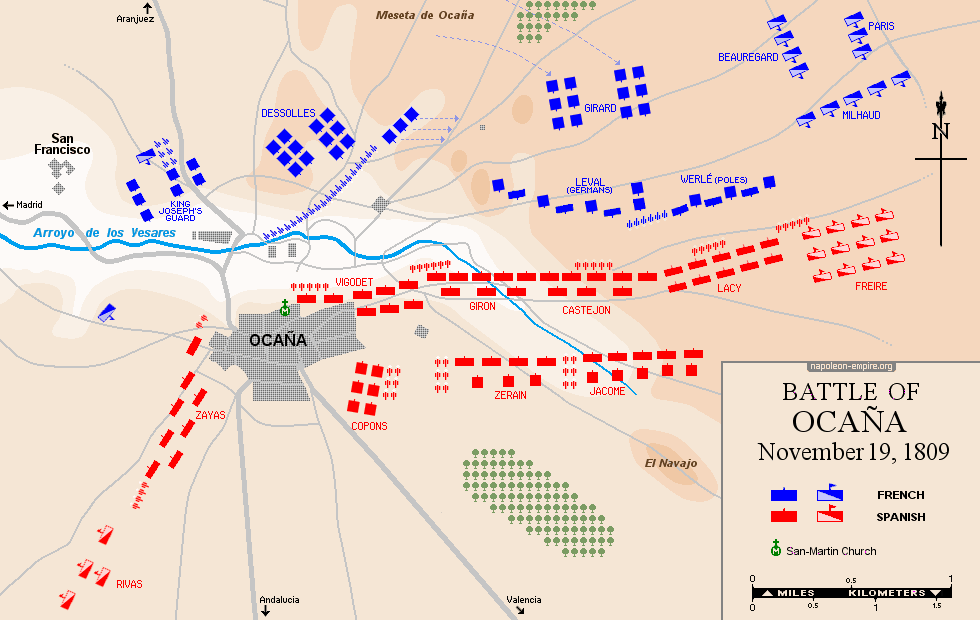
Picture - "Battle of Ocaña, November 19th, 1809". Painted by Theodore Yung.
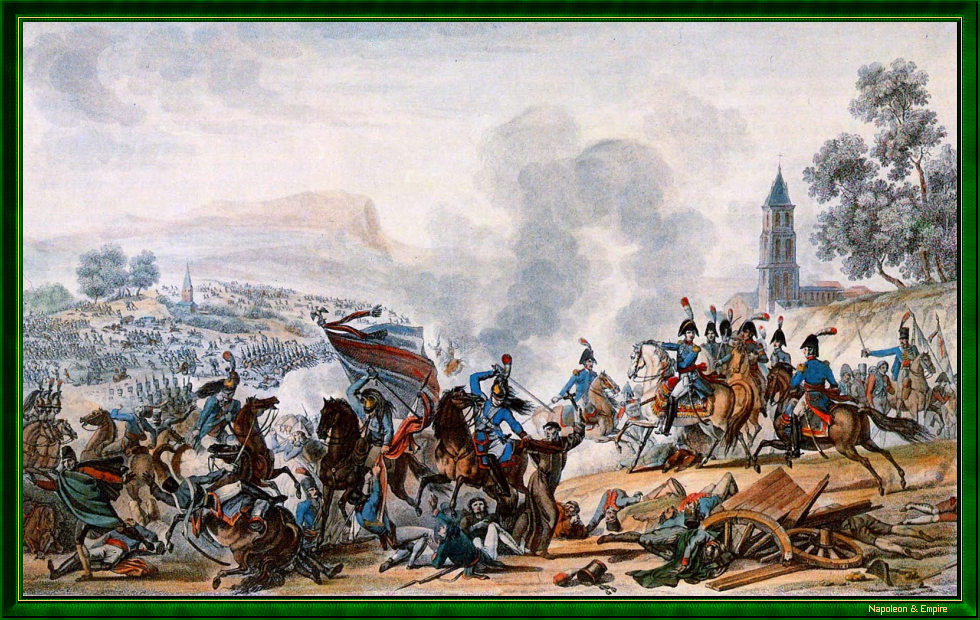
Still a colonel at the start of 1809, Aréizaga was promoted to lieutenant-general in June and general-in-chief of the Mancha army in October. He owed this dazzling career to the protection of the Palafox family. The Palafoxes, who aspired to take over the Junta Suprema Central, placed at the head of Spain's best troops a man who owed them everything and was therefore naturally devoted to them.
Perched in the bell tower of Ocaña's San-Martin church for most of the fighting, he only climbed down when disaster struck
and fled with his staff to Turleque, 50 kilometers away.
His calamitous behavior during the battle did not, however, earn him any reproach, and he was later even promoted to governor of Cartagena. However, the Spanish authorities never again entrusted him with the task of leading troops into battle.
It is possible that General Paris d'Illins did not die in the action at Ontigola, but was killed by a spear thrust from Corporal Manzano during a reconnaissance operation. An old tradition has it that his body was laid to rest in the Dominican convent in Ocaña, until the Spanish Republicans turned it into a mechanic's workshop in 1936, and the remains of the French general were scattered.
Photos Credits
Photos by Lionel A. Bouchon.Photos by Marie-Albe Grau.
Photos by Floriane Grau.
Photos by Michèle Grau-Ghelardi.
Photos by Didier Grau.
Photos made by people outside the Napoleon & Empire association.